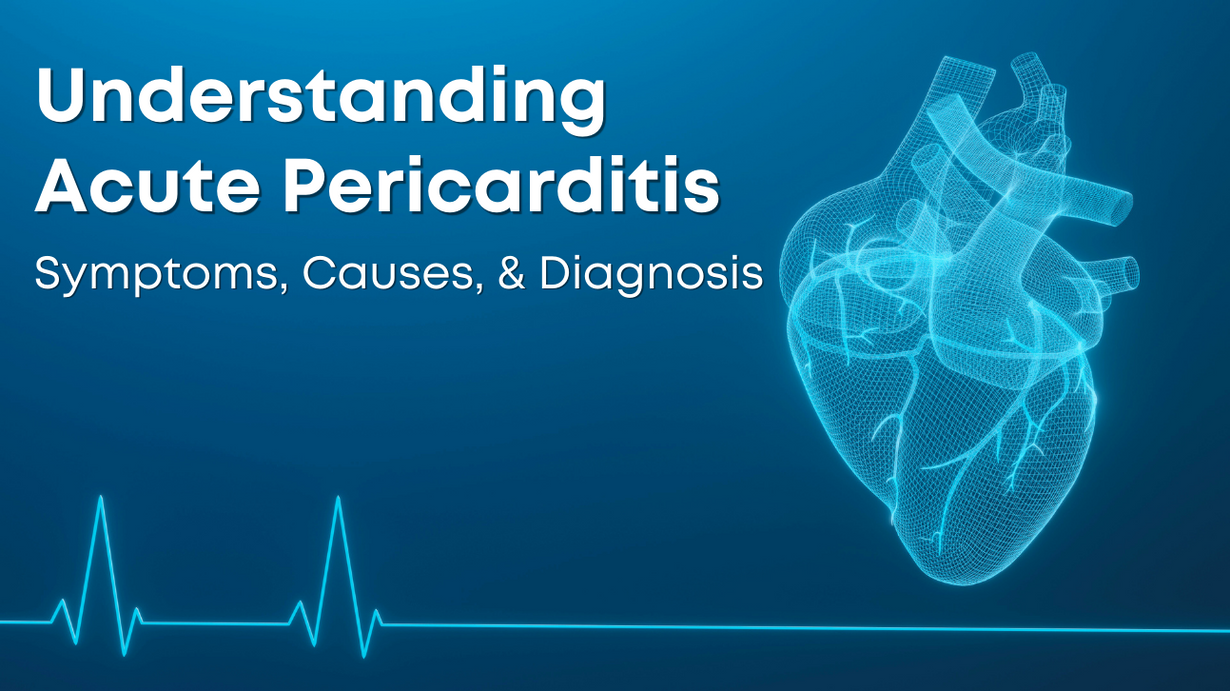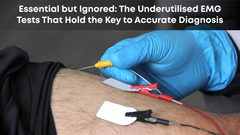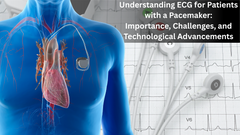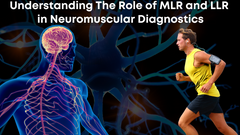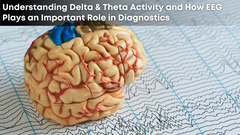Understanding Acute Pericarditis: Symptoms, Causes, & Diagnosis
Acute pericarditis is a condition characterized by inflammation of the pericardium, the thin sac surrounding the heart. While often benign, acute pericarditis can cause significant discomfort and, in severe cases, lead to complications. Understanding the symptoms, causes, diagnosis, and treatment options for acute pericarditis is crucial for prompt management and optimal outcomes.
What is Acute Pericarditis?
Acute pericarditis refers to the sudden onset of inflammation in the pericardium, the double-layered sac that surrounds the heart and helps to maintain its position within the chest cavity. When the pericardium becomes inflamed, it can lead to chest pain, discomfort, and other symptoms.
Symptoms of Acute Pericarditis:
The hallmark symptom of acute pericarditis is chest pain, which is typically sharp, stabbing, or pleuritic in nature, meaning it worsens with deep breathing or changes in body position. Other common symptoms include:
> 1. Pain Radiation: The chest pain may radiate to the neck, shoulders, or back.
> Fever: Many patients with acute pericarditis experience low-grade fever.
> Dyspnea: Shortness of breath may occur, especially with exertion or when lying flat.
> Pericardial Friction Rub: A characteristic rubbing or scratching sound may be heard upon auscultation of the chest.
> Fatigue: Generalized weakness or fatigue is common, often due to the discomfort caused by chest pain.
How Acute Pericarditis Affects the Body:
Acute pericarditis can have several effects on the body, including:
> Cardiac Compression: Inflammation of the pericardium can lead to the accumulation of fluid within the pericardial sac, causing compression of the heart. This may impair cardiac function and lead to symptoms such as dyspnea and fatigue.
> Pain and Discomfort: Chest pain associated with acute pericarditis can be debilitating and may limit the patient's ability to perform daily activities.
> Complications: While acute pericarditis is typically a benign condition, it can lead to complications such as pericardial effusion (accumulation of fluid in the pericardial sac) or even cardiac tamponade (compression of the heart due to excessive fluid accumulation), which is a medical emergency.
What Causes Acute Pericarditis?
Acute pericarditis can have various causes, including:
> Viral Infections: Viral infections, particularly those caused by viruses such as Coxsackievirus or adenovirus, are a common cause of acute pericarditis.
> Bacterial or Fungal Infections: In rare cases, acute pericarditis may result from bacterial or fungal infections, such as tuberculosis or Lyme disease.
> Autoimmune Disorders: Autoimmune conditions, such as rheumatoid arthritis or systemic lupus erythematosus (SLE), can lead to inflammation of the pericardium.
> Other Causes: Acute pericarditis may also be triggered by myocardial infarction (heart attack), trauma, certain medications, radiation therapy, or underlying malignancies.
How is Acute Pericarditis Diagnosed?
Diagnosing acute pericarditis typically involves a combination of clinical evaluation, imaging studies, and laboratory tests. Key diagnostic modalities include:
> Physical Examination: Healthcare providers will perform a thorough physical examination, including auscultation of the chest for the presence of a pericardial friction rub.
> Electrocardiogram (ECG): An ECG may reveal characteristic changes associated with acute pericarditis, such as widespread ST-segment elevation and PR-segment depression.
> Echocardiography: Echocardiography can help visualize the pericardium and assess for the presence of pericardial effusion.
> Blood Tests: Blood tests may be performed to assess markers of inflammation, such as C-reactive protein (CRP) and erythrocyte sedimentation rate (ESR), as well as to screen for potential infectious or autoimmune causes.
How is Acute Pericarditis Treated?
Treatment for acute pericarditis aims to alleviate symptoms, reduce inflammation, and prevent complications. Key treatment strategies include:
> Nonsteroidal Anti-Inflammatory Drugs (NSAIDs): NSAIDs, such as ibuprofen or indomethacin, are often prescribed to reduce inflammation and relieve chest pain.
> Colchicine: Colchicine may be used in combination with NSAIDs to prevent recurrent episodes of pericarditis.
> Corticosteroids: In cases of refractory or recurrent pericarditis, corticosteroids may be prescribed to suppress inflammation.
> Pericardiocentesis: If pericardial effusion is severe or causing cardiac tamponade, a procedure called pericardiocentesis may be performed to drain the excess fluid from the pericardial sac.
Role of Clarity's ECG Device in Diagnostics:
Clarity's ECG device plays a crucial role in the diagnosis of acute pericarditis by providing valuable insights into cardiac electrical activity. Key features and benefits of Clarity's ECG device include:
> High-Quality Signal Acquisition: Clarity's ECG device ensures high-quality signal acquisition, allowing for accurate interpretation of ECG tracings, including the detection of ST-segment elevation and PR-segment depression characteristic of acute pericarditis.
> User-Friendly Interface: The device features a user-friendly interface that streamlines the ECG recording process, making it easy for healthcare providers to perform and interpret ECGs quickly and efficiently.
> Portable Design: Clarity's ECG device is lightweight and portable, making it suitable for use in various clinical settings, including community health centers, emergency departments, and ambulatory care settings.
Conclusion:
Acute pericarditis is a condition characterized by inflammation of the pericardium, often resulting in chest pain, discomfort, and other symptoms. Prompt diagnosis and treatment are essential to alleviate symptoms, prevent complications, and improve patient outcomes. Clarity's ECG device plays a vital role in the diagnosis of acute pericarditis by providing accurate and timely insights into cardiac electrical activity, facilitating prompt intervention and management. With advancements in medical technology and innovative diagnostic tools, healthcare providers can enhance the delivery of care and improve outcomes for patients with acute pericarditis.


